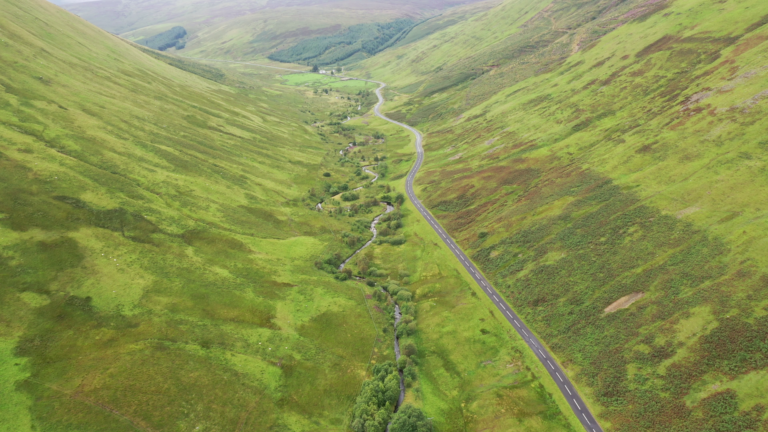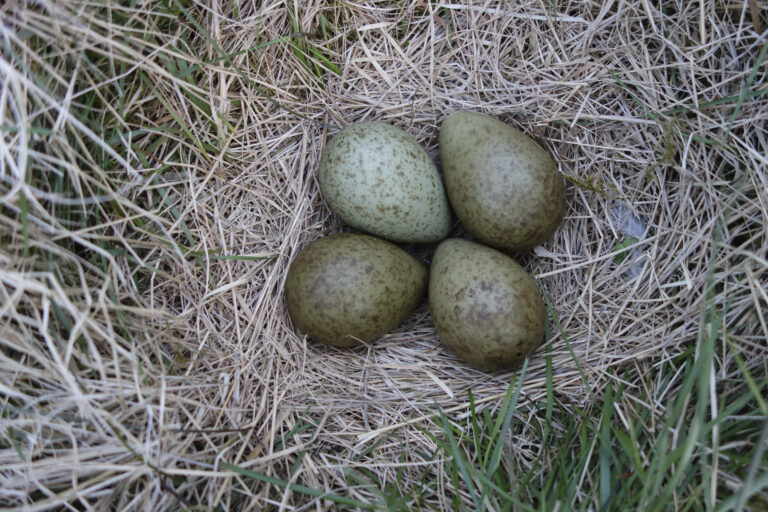Kathy Wormald tells us what amphibian and reptile conservation charity Froglife hopes for from Scotland’s new farm funding system:
Over recent decades the UK’s common reptile and amphibian species have undergone massive declines. Currently 59% of amphibians and 42% of reptiles in Europe are in population decline, with 40% of amphibians and 32% of reptiles threatened or near threatened with extinction.
These declines are being witnessed in Scotland, with populations of adders described as ‘discontinuous’ and ‘patchy’ and the Great Crested newt as ‘uncommon’. These declines are largely attributed to the way in which land is managed in Scotland.
Habitat degradation, fragmentation and loss is having a huge negative impact on species abundance. Amphibians and reptiles, due to their ecological make-up, cannot move great distances, and hence they are disproportionately impacted by poorly managed habitats.
To address these declines, we need all land to be managed sympathetically for the benefit of reptiles and amphibians, including farmland. With approximately 80% of Scotland’s land area being agricultural land, which is roughly 6.2 million hectares, it is crucial that the management of farmland is sensitive to the needs of wildlife.
Good quality ponds, especially warm ones, are vital breeding habitats for amphibians in the spring, when spawn and tadpoles will be using them to develop into adults. Often farm ponds suffer from agricultural run-off. There are several practical measures that can be taken by farmers to address this, such as managing the surrounding terrestrial habitat by allowing buffer zones to capture the runoff (allowing grass to grow long and keeping it uncut), using rock, stone, or gravel as a natural filtration system, and building a ditch as an inceptor with an overflow directing runoff away from the pond.
Outside of the breeding season amphibians need wooded areas, scrub, or hedgerows for hibernation, feeding and shelter. Hence providing these habitats near ponds on farmland will provide suitable all year-round habitats for amphibians.
Reptiles require bare ground to bask in and heat up their body temperature and vegetated areas such as scrub, for foraging and shelter. Leaving buffer zones around the edges of farmland, with both bare ground and vegetated areas, is important.
Froglife is a national wildlife conservation organisation with a remit to conserve the UK’s native reptiles and amphibians (snakes, lizards, slow worms, frogs, toads, and newts). As part of Scottish Environment LINK, we are supporting the Farm for Scotland’s Future campaign, and have joined other members in calling for a new farm funding system that works for nature, climate and people. We want to see the new system provide farmers with the support they need to manage their farmlands for amphibians and reptiles and a wide range of other wildlife.
Kathy Wormald is CEO of Froglife.
Disclaimer: The opinions expressed in this blog are the author’s and do not necessarily represent the views of all the organisations backing the Farm for Scotland’s Future campaign.




